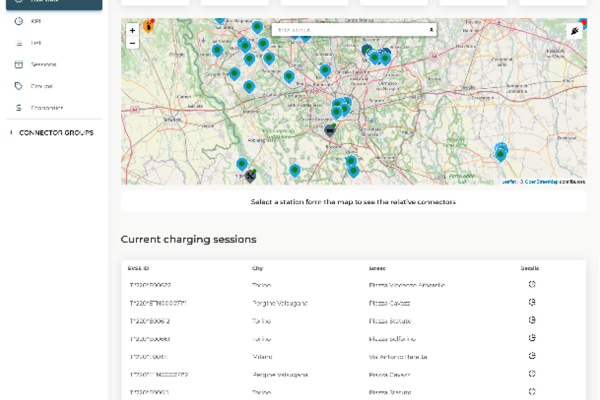FROM an executive in the company car to the seasoned truck driver out for a delivery, today’s
technology may require a new form of driver education.
Fleet managers should be aware of a serious knowledge gap whenever they are assigning vehicles to drivers. It could reduce the chances of crashes caused by new technologies.
If all vehicles were exactly the same when it comes to technology, this would be easier. Right
now, however, fleet managers need to be proactive about providing education and training on
the technologies that are present in the fleet vehicles. They should be aware that different
technologies cause a learning curve in drivers.
No matter how confident, the drivers may misread the cues and make a mistake. It can also
cause unnecessary stress on a daily drive. Ready to add to the frustration, dash tech can be
maddeningly different from brand to brand. That can cause drivers to take their hands off the
wheel or eyes off the road.
You could sell everything and buy a whole fleet of new cars that are exactly alike. However, it’s
more likely you can’t do that. If that’s the case, it will pay to be vigilant about helping your
drivers with these problems.
Is the system active or is it a warning?
While it’s terrific to have help with staying in your lane, the average driver may not have any
experience with the specific lane technology in the vehicle that has been assigned to them.
Some may think that this technology is intuitive and no training is needed.
However, lane technologies come in a variety of different active levels. Your fleet may have
some vehicles without it. Does the driver know they don’t have any assistance?
Then it may have some with lane alerts only. Does the driver recognize the signals when they
light up on the dash? Finally, if the lane alert is semi-automated, it may tug at the wheel. This
can confuse drivers who don’t understand why it is happening.
Is this system the same as the last car I drove?
Different manufacturers have different automatic brake technologies. A driver who is used to
one type may suddenly get into a bad situation if they are driving a different make of car or
truck. Just like lane technology, an automatic braking system takes getting used to.
Drivers may get complacent if they usually drive a fleet car that brakes before they can. It can
discourage them from being alert, and it can cause them to make a mistake when they switch to
another vehicle with a different system.
How much does this system do?
Drivers need to be aware of what each system actually can accomplish. Cruise control on one
vehicle may be the old-fashioned variety. On another, it may take over and do much of the
driving functions. If the driver doesn’t know what will happen when they push the button, they
may end up frustrated very quickly.
This dash technology confuses me
Last but not least, today’s dash technology can vary widely. On some cars, you can change the
air or heat manually. On others, you need to know where the function is on the touchscreen.
As if that’s not aggravating enough, the screen menu may be confusing. If a driver is in their
own car, they will learn how to deal with this. However, if they were in a completely different
vehicle yesterday, they may be stressed out in a matter of seconds as they try to find something
to listen to or attempt to use voice commands.
Rather than pretend these knowledge gaps aren’t affecting drivers, good fleet managers need to
be proactive. They may need to offer hands-on instruction in how to use these technologies
and how to recognize the problems that a knowledge gap causes. After all, you don’t want one
of your drivers to have a crash because they were accustomed to a blind spot monitor, forgot
they didn’t have one, and changed lanes at the worst time.








